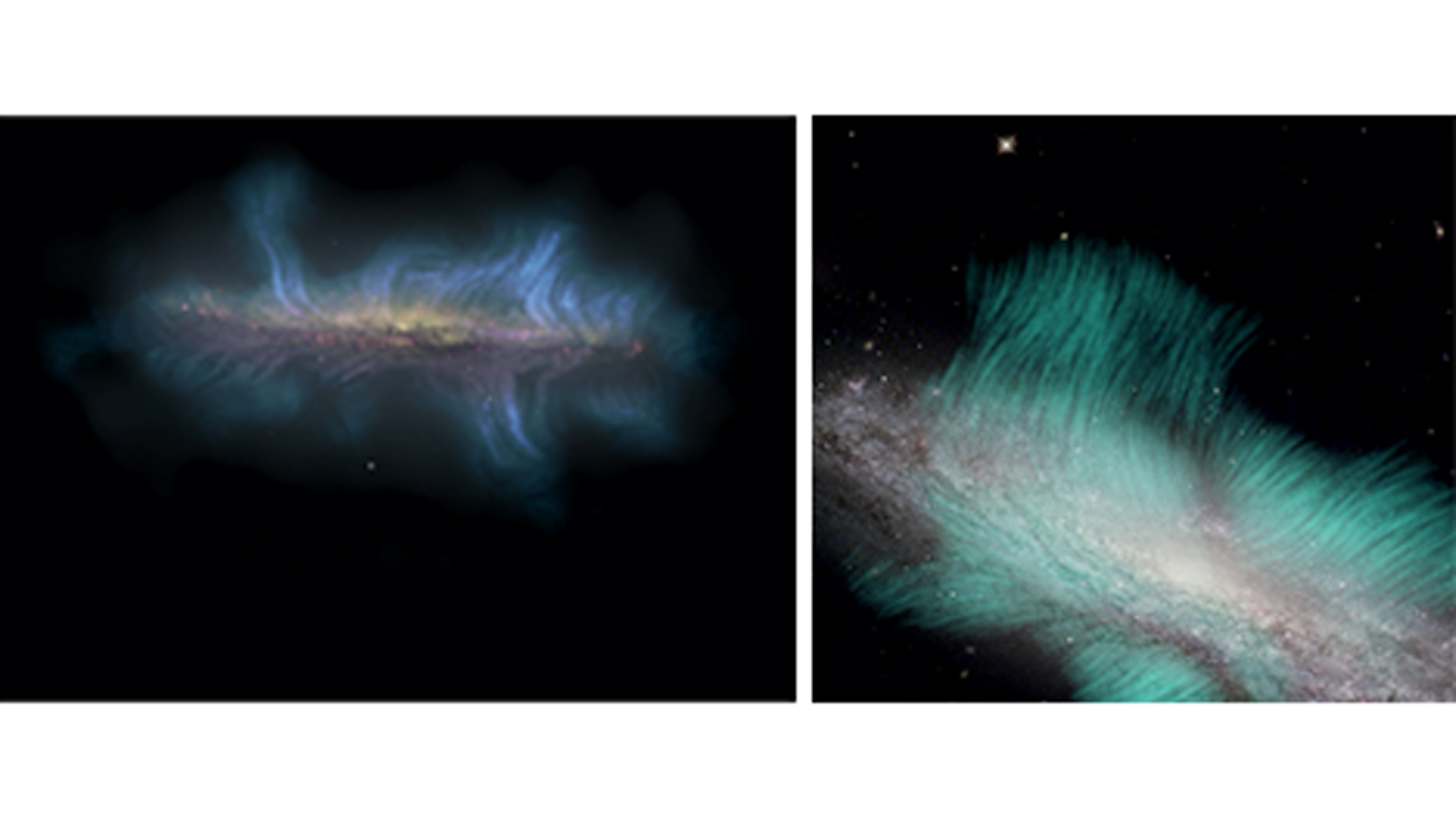Winnipeg is colder than Mars. It’s a statement Winnipeggers love to repeat, some in a tone of disdain, some in a tone of pride. And in a way, it is true – Winnipeg often out-chills Mars when winter gets particularly harsh – but is it really fair to compare Winnipeg to Mars? Winnipeg has a lot going for it, after all. Let’s look at five of those times where, while Mars might trump us weather-wise once in a while, we still have Mars beat.
1. Winnipeg has access to water, and Mars only has theoretical water (for now)
Winnipeg finds itself right next to one of the most impressive bodies of water in the world. Lake Winnipeg is one of our planet’s largest freshwater lakes. We’ve got a lot of water. Once upon a time, Mars and its possible inhabitants had that in common with Winnipeggers – in fact, many scientists believe that Mars not only had water, but had water for at least one billion years.
Those days, however, are but a rueful memory for the Mars we know today. Just last week, newly released photos from Mars found not water, but cracked mud. This cracked mud was reminiscent of cracked mud here on Earth, as dried cracked mud here can be the remnants of a former body of water.
That being said, evidence from 2015 insinuates that liquid water flows on Mars even today. Hydrated salts found on downward slopes appear to cause a very shallow “briny” type of liquid to flow. So Mars does have some water, probably. But Winnipeg has lots more. At least we can say that.
2. Winnipeg’s coldest day is considerably warm for Mars
“Winnipeg is colder than Mars” is a rash statement. And while it’s a rash statement that’s had some positive consequences – the international recognition actually resulted in a team of scientists at NASA naming a patch of rock on Mars that they were studying “Winnipeg” – it was rash nonetheless.
Turns out, this gives us an inaccurate picture of both Winnipeg (Earth Winnipeg, not Mars Winnipeg) and Mars. The -30° Celsius winters that Winnipeg’s residents have become accustomed to would actually be considered pretty balmy on Mars, considering the fact that the average temperature any day on Mars is -60° Celsius, and it can get as cold as -125° Celsius on a winter night.
Mars, like Winnipeg, has an incredibly wide range of temperatures. In fact, if it’s summer, and near the equator, Mars can reach up to 20° Celsius. That’s not just nice weather for Winnipeg – that’s nice weather anywhere. You could wear shorts on a nice summer day on Mars. Well, you could wear shorts on Mars if a human could live long enough on Mars to enjoy the weather. Speaking of which:
3. Winnipeg might have more crime than Mars, but that’s only because Mars is uninhabitable
Any discourse comparing Mars and Winnipeg has to consider Mars’s complete lack of oxygen. The air pressure is so low on Mars that any human attempting to step out in shorts would immediately feel the oxygen in their blood turn into bubbles, causing instant death. Even warm temperatures on Mars only exist mere centimetres above its surface. Above that, however, lies a cold atmosphere that is almost entirely carbon dioxide.
Mars is uninhabitable for now. While whether or not Winnipeg was meant to be inhabited by people really depends on who you ask, you have to admit that we can at least breathe air here.
Even if we were to create a system that allowed humans to breathe on Mars, living there may prove difficult for other reasons. As you probably know, Winnipeg has an unsavory reputation for violence (we were voted the country’s most dangerous city by our fellow Canadians in August of this year) and while Mars supporters might use this as a point to prop up their own argument, simulations of life in space have been equally chaotic.
Trying to recreate space colonies here on Earth has always had strange results. The infamous Biosphere 2, in 1992, turned seven friendly people living within it into enemies, even splitting up into two factions and refusing to speak. The damage was so immense that the entire science advisory committee involved with the project resigned at once. The conflict was attributed to several factors, including the lack of oxygen, bad-tasting food, and the psychological effects of isolation.
Winnipeg is fairly isolated, and we haven’t split up into warring factions … yet. Take that, Mars.
(NASA is attempting to recreate a space colony again this year, on top of a volcano in Hawaii, and is presumably hoping for less volatile results).
4. Winnipeg, like the rest of the planet, has a magnetic field
Earth, Winnipeg included, has got it made when it comes to planetary magnetic fields.
While studies of Mars’s crust suggest that Mars may have had a magnetic field as some point, as of now, Mars doesn’t have the global magnetic field Earth does.
And this is important. Earth has a super powerful magnetic field, and it is crucial to our survival. It serves as armour for our planet, protecting us from radiation from space, particularly solar winds from the Sun. Without it, the Sun’s winds would blow our atmosphere clean off.
Whatever you want to say about Winnipeg, you have to admit-at least we have an atmosphere.
5. Winnipeg knows what to do with its harsh conditions
Sure, Winnipeg is cold, but in its peak event season, do you even notice it? The only tourist attractions Mars has to offer is its two moons, and they’re ominously named after the Greek words for “fear” and “panic.” Winnipeg only gets more and more interesting every winter.
While Mars may be warmer than Winnipeg sometimes, we have more fun in the cold. We have one of the longest skating trails in the world. We have the Festival du Voyageur. We are so enamoured with our chilly environment, that we actually have a restaurant that only opens in the dead of winter… on top of a frozen river. The biting cold has turned Winnipeggers into a special, resourceful breed.
Mars may be a home for humans in the near future (Elon Musk believes that as many as a million humans could be living on Mars by 2060) but no matter what the internet says, Winnipeg is not only usually warmer than Mars, it’s a lot more hospitable, too.



